Manta Ray Anchors provide a direct-drive solution for securing structures to the ground, with holding capacities up to 20 tons. These percussion-driven earth anchors combine practical design with proven performance across various soil conditions.
Table of Contents
- 1 What is a Manta Ray Anchor?
- 2 What are the Applications of Manta Ray Anchors?
- 3 What Load Capacities Do Manta Ray Anchors Offer?
- 4 How to Select the Right Manta Ray Anchors?
- 5 What Installation Equipment Do You Need?
- 6 How Does the Installation Process Work?
- 7 How Does Surface Treatment Affect Performance and Cost?
- 8 What Testing Methods Verify Anchor Performance?
- 9 What Are The Alternative Products to Manta Ray Anchors?
- 10 Frequently Asked Questions
- 11 Where to Buy Manta Ray Anchors?
What is a Manta Ray Anchor?
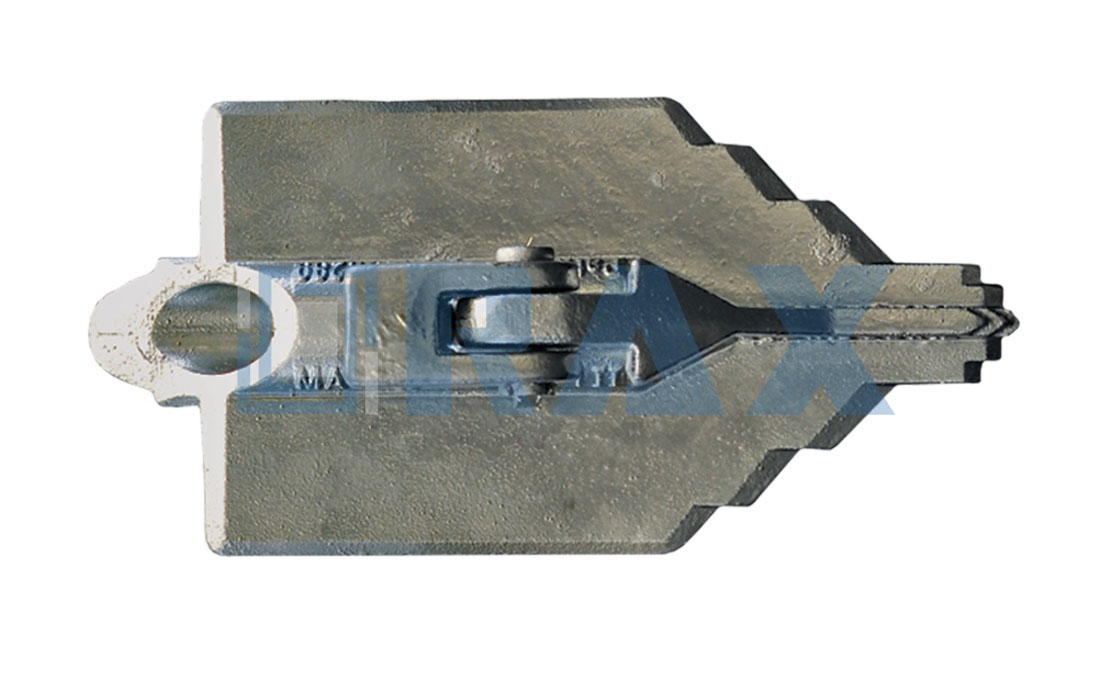
Manta Ray anchors utilize a one-piece cast design manufactured from galvanized ductile iron. The construction includes a chiseled tooth leading edge that enables successful installation in multiple soil types, from soft to medium-density grounds.
Design Elements
- One-piece galvanized ductile iron construction
- Chiseled tooth leading edge for soil penetration
- Compatible with standard drive steel sets
- Holding capacity ranges from light to heavy-duty (up to 178 kN)
- Hot-dip galvanized finish for corrosion protection
What are the Applications of Manta Ray Anchors?
Manta Ray anchors serve multiple industries with specific applications in construction, civil engineering, and marine environments.
Construction Applications
- Wall stabilization and repair
- Sheet pile support
- Pipeline anchoring
- Ground mount installations
- Seawall reinforcement
Marine Applications
- Underwater anchoring systems
- Floating structure security
- Erosion control
- Concrete block mat anchoring
“Installation and testing of the Manta Ray anchor occur simultaneously, eliminating uncertainty in holding capacity verification”
What Load Capacities Do Manta Ray Anchors Offer?
Understanding load capacity helps select the right Manta Ray anchor model for specific project requirements. Each model provides different holding power based on soil conditions and installation depth.
Model Specifications
| Model | Ultimate Load | Working Load | Typical Applications |
|---|---|---|---|
| MR-1 | 40 kN | 20 kN | Light structures, fencing |
| MR-2 | 89 kN | 44 kN | Retaining walls, pipelines |
| MR-3 | 178 kN | 89 kN | Heavy structures, seawalls |
| MR-4 | 220 kN | 110 kN | Major civil works |
Soil Type Impact Different soil conditions affect anchor performance:
- Dense clay: Maximum holding capacity
- Medium clay: 80-90% of rated capacity
- Sandy soil: 60-70% of rated capacity
- Loose soil: Requires deeper installation
How to Select the Right Manta Ray Anchors?
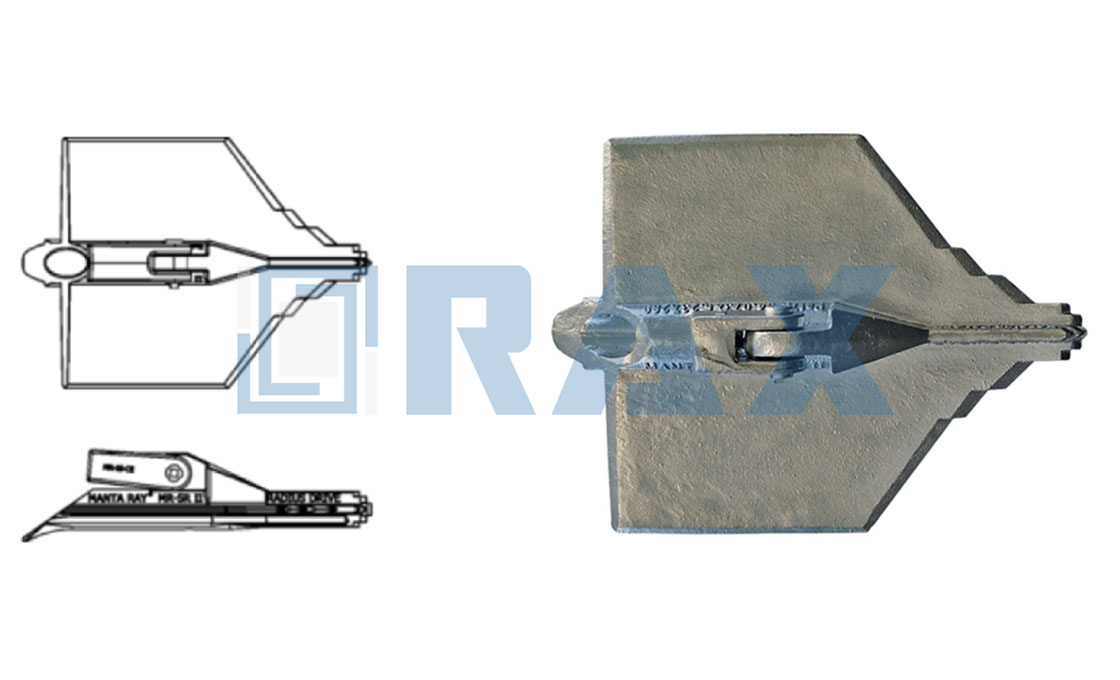 Proper anchor selection requires consideration of several key factors that affect performance and installation.
Proper anchor selection requires consideration of several key factors that affect performance and installation.
Selection Criteria
- Project load requirements
- Soil conditions at site
- Installation depth possibilities
- Access for installation equipment
- Budget constraints
Technical Considerations Each installation requires analysis of:
- Load direction and angle
- Soil density and composition
- Water table level
- Underground obstacles
- Long-term load requirements
What Installation Equipment Do You Need?
Manta Ray anchors require specific equipment for proper installation, though the requirements vary by model and application.
Basic Equipment Requirements
- Hydraulic breaker (90 lb class minimum)
- Proper drive steel set
- Anchor locker tool
- Load verification gauge
- Safety equipment
Equipment Specifications
- Breaker requirements:
- 90-lb class for MR-1 and MR-2
- 140-lb class for MR-3
- 200-lb class for MR-4
- Power sources:
- Hydraulic power packs
- Compressed air systems
- Hand-held equipment for limited access areas
“Proper equipment selection ensures efficient installation and reliable anchor performance across all soil conditions”
How Does the Installation Process Work?
The Manta Ray system operates through a proven three-step process that allows for immediate verification of holding capacity.
Installation Steps
- Drive the anchor using conventional hydraulic/pneumatic equipment
- Remove the drive steel
- Apply tension to rotate the anchor into “anchor lock” position
The system provides simultaneous installation and testing, with each anchor immediately proof-loaded to the exact required capacity using a gauge on the anchor locker.
How Does Surface Treatment Affect Performance and Cost?
Manta Ray anchors undergo specific surface treatments to ensure long-term durability. The treatment choice impacts both initial costs and maintenance requirements.
Surface Protection Options
- Hot-dip galvanizing (standard)
- Zinc coating thickness: 85 microns minimum
- Service life: 50+ years in normal soil conditions
- Cost impact: 20-30% of base price
- Epoxy coating (optional)
- Additional protection layer
- Suitable for aggressive soils
- Cost impact: 35-45% increase
- Duplex system
- Combines galvanizing and powder coating
- Maximum protection level
- Cost impact: 50-60% increase
What Testing Methods Verify Anchor Performance?
Testing procedures ensure Manta Ray anchors meet project specifications and safety requirements.
Verification Process
- Pre-installation testing
- Soil analysis
- Pull-out capacity verification
- Equipment calibration
- Installation testing
- Real-time load monitoring
- Depth verification
- Rotation confirmation
- Post-installation verification
- Proof loading
- Load-holding duration tests
- Documentation
What Are The Alternative Products to Manta Ray Anchors?
Several ground anchor types offer different solutions for various soil conditions and project requirements.
Helical Anchors
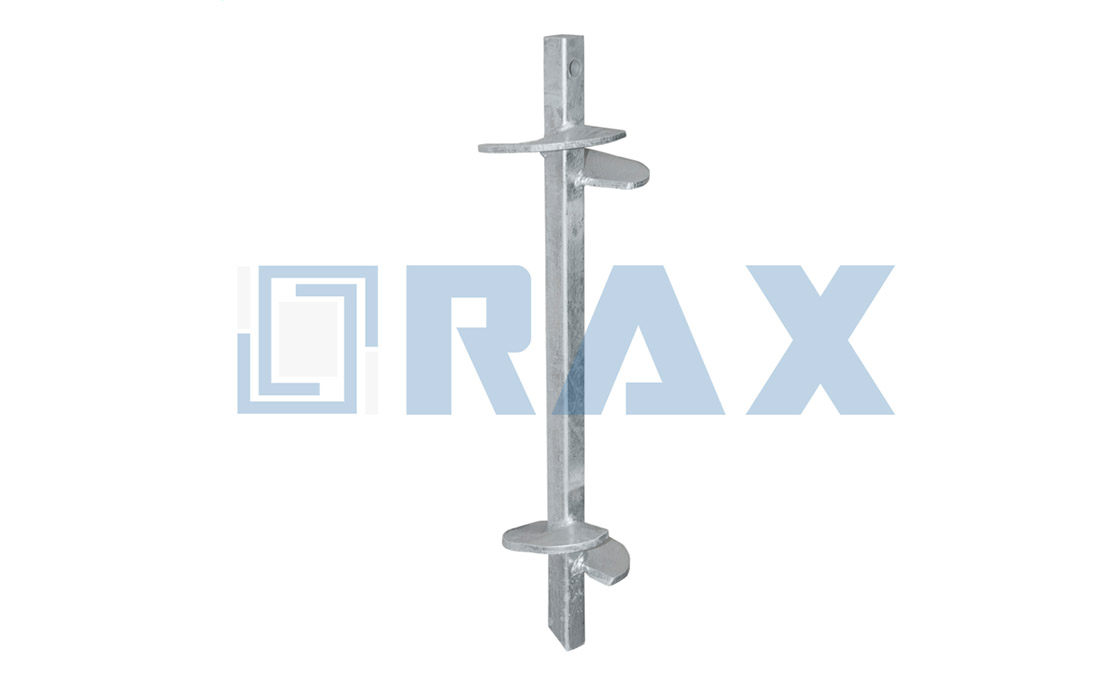
Helical anchors, also known as screw piles, consist of one or more helical-shaped steel plates welded to a central shaft. These foundation systems can be used in both compression and tension applications.
- Multiple helical plates on central steel shaft
- Installation by rotation into ground
- Suitable for various soil types
- Capacity range: 5 to 200 kip ultimate
- Ideal for tension and compression applications
Bust Expanding Anchors
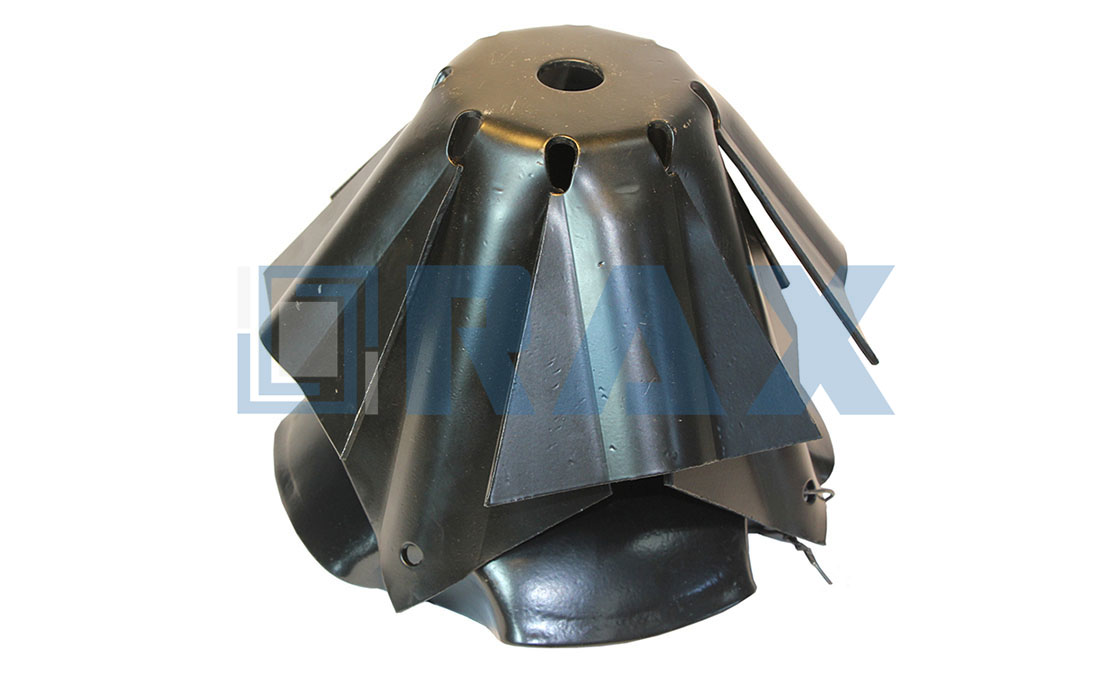
The Bust Expanding Anchor expands to take full advantage of the available hole size, with eight blades that wedge into undisturbed earth.
- Designed for rocky or hard ground conditions
- Features expandable wings
- Installed in pre-augured holes
- Hot-dip galvanized coating
- Length range: 5 to 10 inches
Disk Anchors
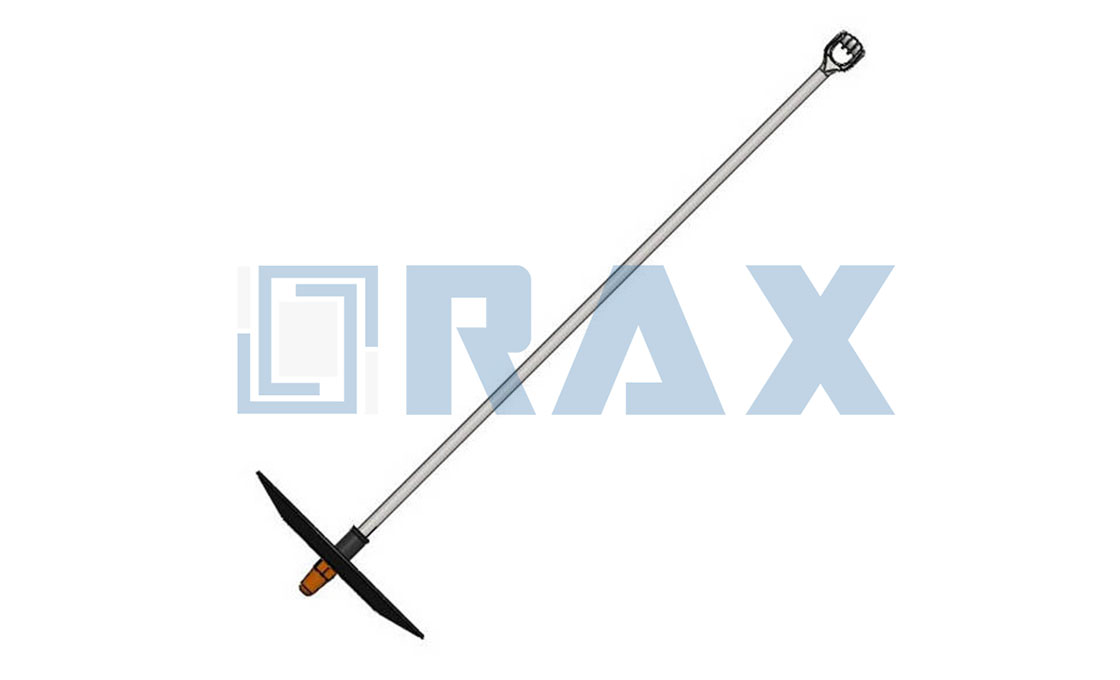
Disk anchors are corrosion-protected rods with a series of disks attached, positioned in augured holes and filled with grout or soil cutting.
- Series of disks on central rod
- Distributes load evenly
- Effective in sandy or loose soils
- Simple installation process
- Suitable for light to medium loads
| Anchor Type | Best Soil Conditions | Installation Method |
|---|---|---|
| Manta Ray | Medium-density soils | Direct drive |
| Helical | Various soil types | Rotation |
| Bust Expanding | Rocky/hard ground | Pre-drilled hole |
| Disk | Sandy/loose soils | Direct drive |
Frequently Asked Questions
What are the load capacities?
Four models are available with different ultimate capacities:
- MR-3 with 5/8″ PH rod: 16,000 lbs-force
- Ultimate capacities up to 20 tons depending on model
What installation equipment is required?
- Minimum 90 lb class hydraulic jack hammer (67 lb class for soft soils)
- Drive steel kit
- Load locker tool with gauge
How deep should anchors be installed?
When load is applied, the anchor typically pulls out 1-2 times the anchor length. Installation depth varies by model and soil conditions[1].
What soil conditions are suitable?
- Can be installed through blacktop/macadam
- Works in decomposed rock or caliche
- Suitable for permafrost
- Can be installed in swamps
What’s the minimum spacing between anchors?
Minimum 2 feet apart. Spacing varies based on soil conditions – harder soil allows closer placement, softer soil requires greater distance.
How is installation verified?
Each anchor is immediately proof loaded to the exact required capacity using a gauge on the anchor locker. This provides instant verification of holding capacity.
Where to Buy Manta Ray Anchors?
RAX Industry, established in China with 16 years of manufacturing experience, specializes in producing high-quality ground anchors and pole line hardware. Our manufacturing process employs automatic machinery for precise production, with a dedicated 10-person QC team ensuring strict quality control at every step, including SGS testing and ISO 1461 standards for galvanization.
We provide comprehensive technical support, custom design solutions, and worldwide shipping capabilities. Our products undergo multiple quality inspections before packing, featuring hot-dip galvanized coating and various specifications to meet different market requirements. We have successfully expanded into multiple markets, including Russia, South America, and Southeast Asia, demonstrating their commitment to quality and customer service.